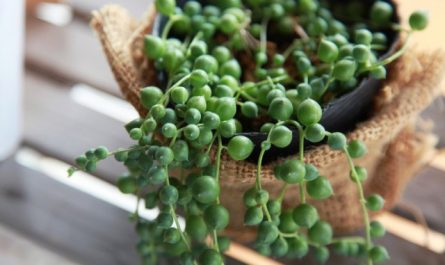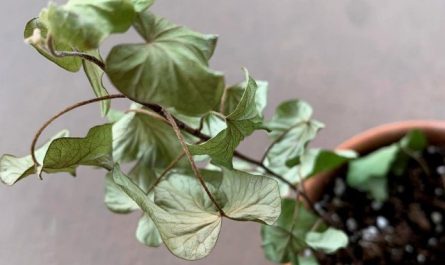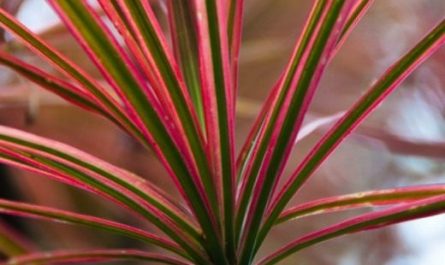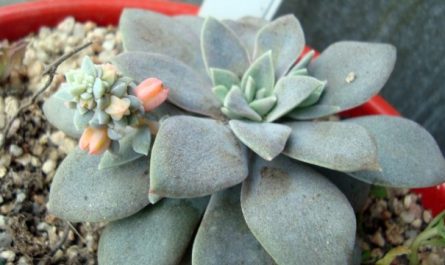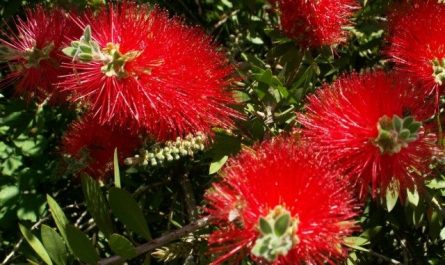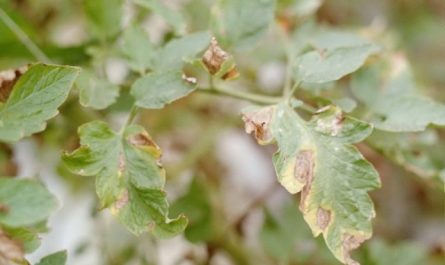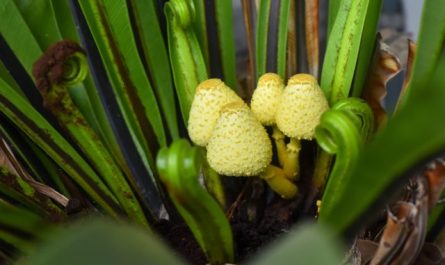This flower starts to smell suddenly: right after sunset the air is filled with its sweet aroma. The delightful scent can be heard from afar and as you approach the flower it fills your entire being.

Brunfelsia is still a rarity for us, but in the New World it is wildly popular. This magnificent houseplant stands out from the rest not only for its fragrant and spectacular flowers. Unlike other tropical plants that require bright light to bloom, it thrives in the shade. Brunfelsias bloom either all year round or in winter.
In its native South America, brunfelsia is a beautiful small tree that will look like a compact bush on your windowsill. In nature, under favorable conditions, the plant can reach several meters in height. It has many names, the most common one is manaka. According to legend, this was the name of the most beautiful girl of the Brazilian Tupi tribe, and brunfelsia was her favorite flower. They say that Manaka was the first to prepare a potion from it for unhappy love.
Like many plants of the nightshade family, after a certain heat treatment, brunfelsia can be used as a psychotropic agent. Therefore, shamans considered it sacred and used it in magical rituals.

In the 70-90s of the th century, scientists proved that the stems, leaves and roots of the plant contain a large number of active components that perfectly stimulate the lymphatic system, have an analgesic, antipyretic, antibacterial and anticonvulsant effect, and perfectly cleanse the liver. But Brunfelsia manaka is just one of more than forty species of this plant. Any of the Brunfelsias will live at home for many years, delighting with both beauty and aroma.
This plant is ideal for apartment conditions. Even if your room is not exposed to sunlight at all, it will still bloom, although the less light, the less intense and fragrant the bloom will be. Therefore, diffused light should be sufficient. The plant can easily survive bright light, but under the scorching sun, the leaves begin to pale, shrink and sometimes turn yellow.
Watering should be regular, but make sure that excess moisture does not accumulate in the tray, especially in the cold season. The water can be acidified – brunfelsia likes acidic soil. Fertilizers should be frequent and abundant, with a high nitrogen content. Fertilizers should be applied every two weeks throughout the year. At the first signs of imbalance in the soil, brunfelsia immediately shows signs of chlorosis.

After flowering, it is advisable to trim the plant. Without this, the branches may eventually become bare and the flower will acquire a completely unattractive appearance. But after trimming, the bush becomes fluffy, produces numerous shoots with healthy, dense foliage and soon becomes covered with flowers again.
In summer, it is advisable to take the pot with brunfelsia out to the balcony or to the dacha, and you need to monitor the air temperature especially carefully. If it drops below +15 °C, you may not see flowering.
The plant can suffer from aphids, mealybugs and whiteflies, and if kept in the garden, it can be attacked by snails. These pests must be controlled using traditional methods.
And remember, all parts of the brunfelsia, especially the fruits and seeds, are very poisonous.







